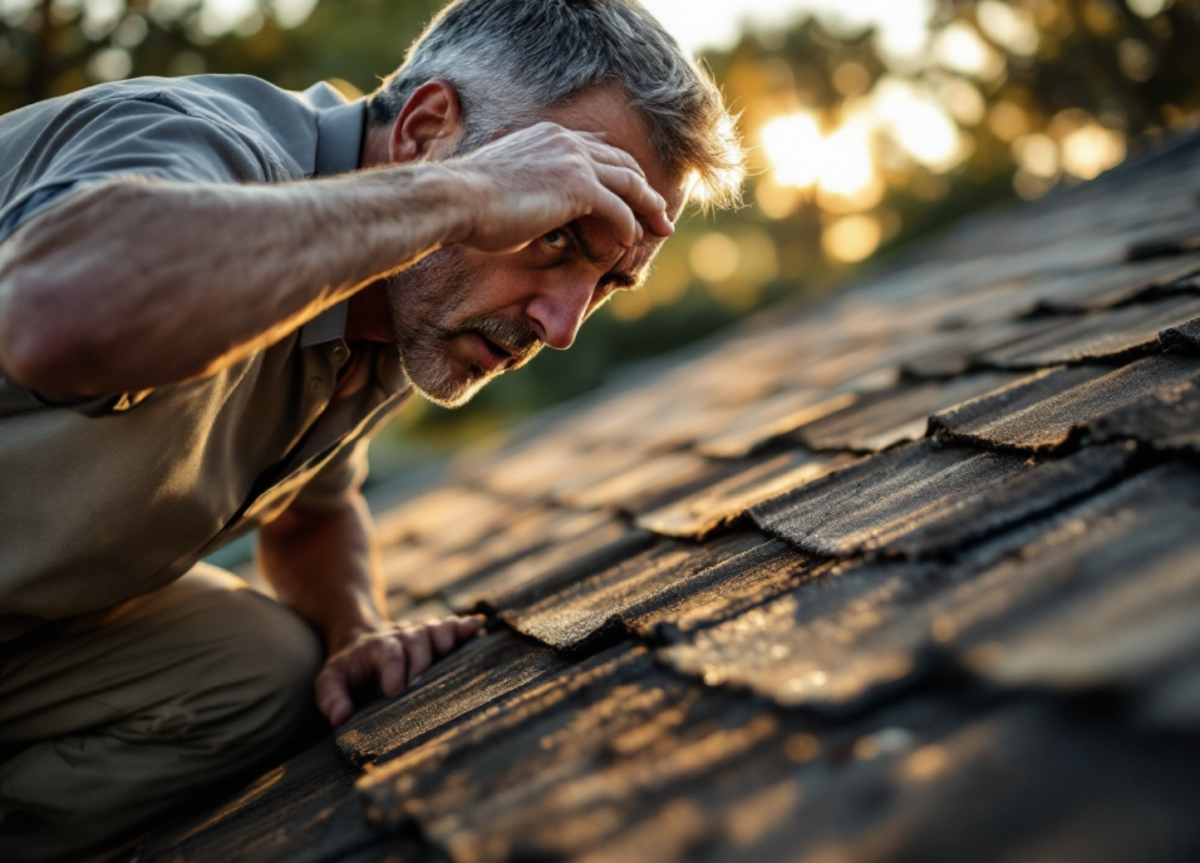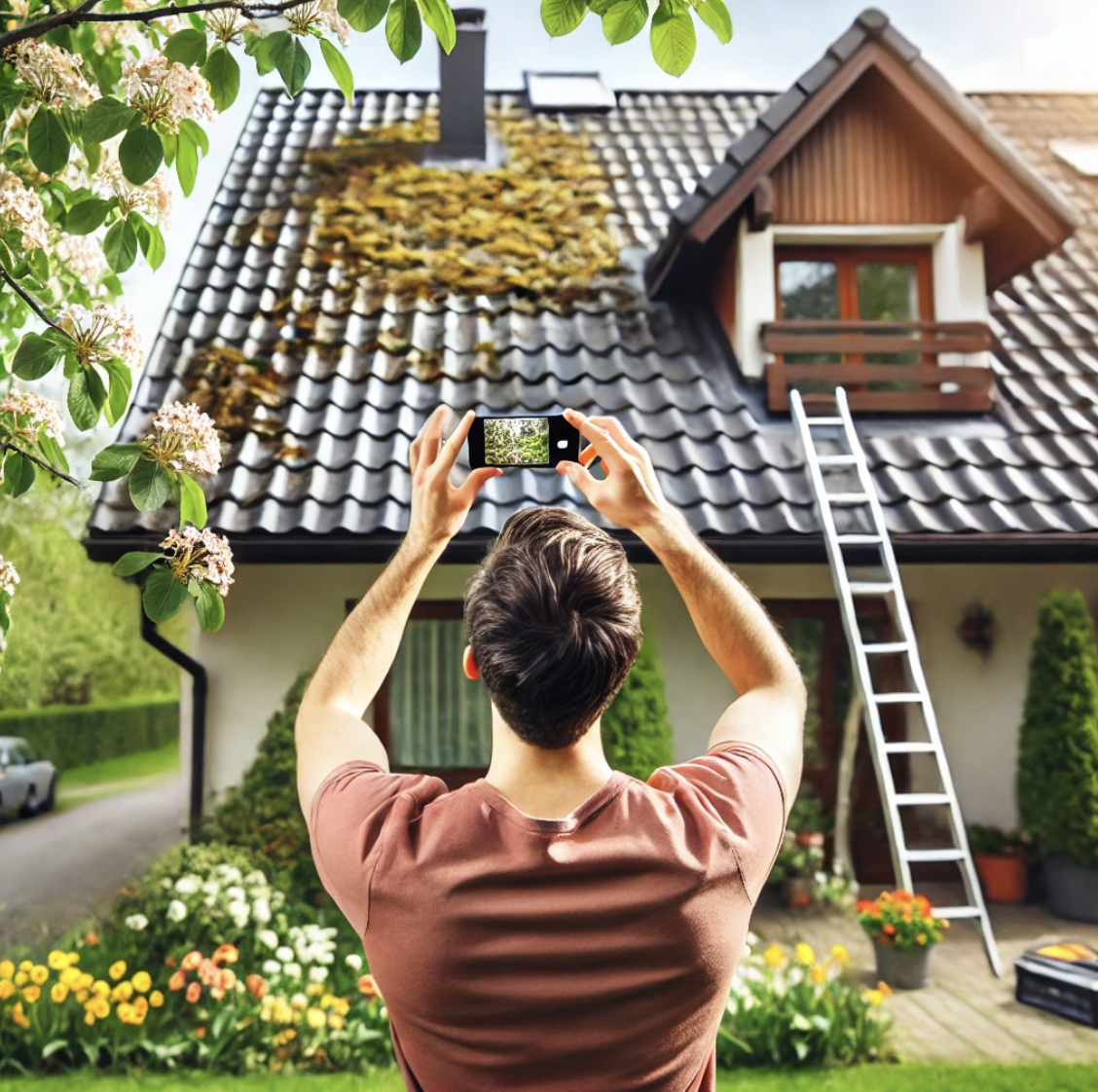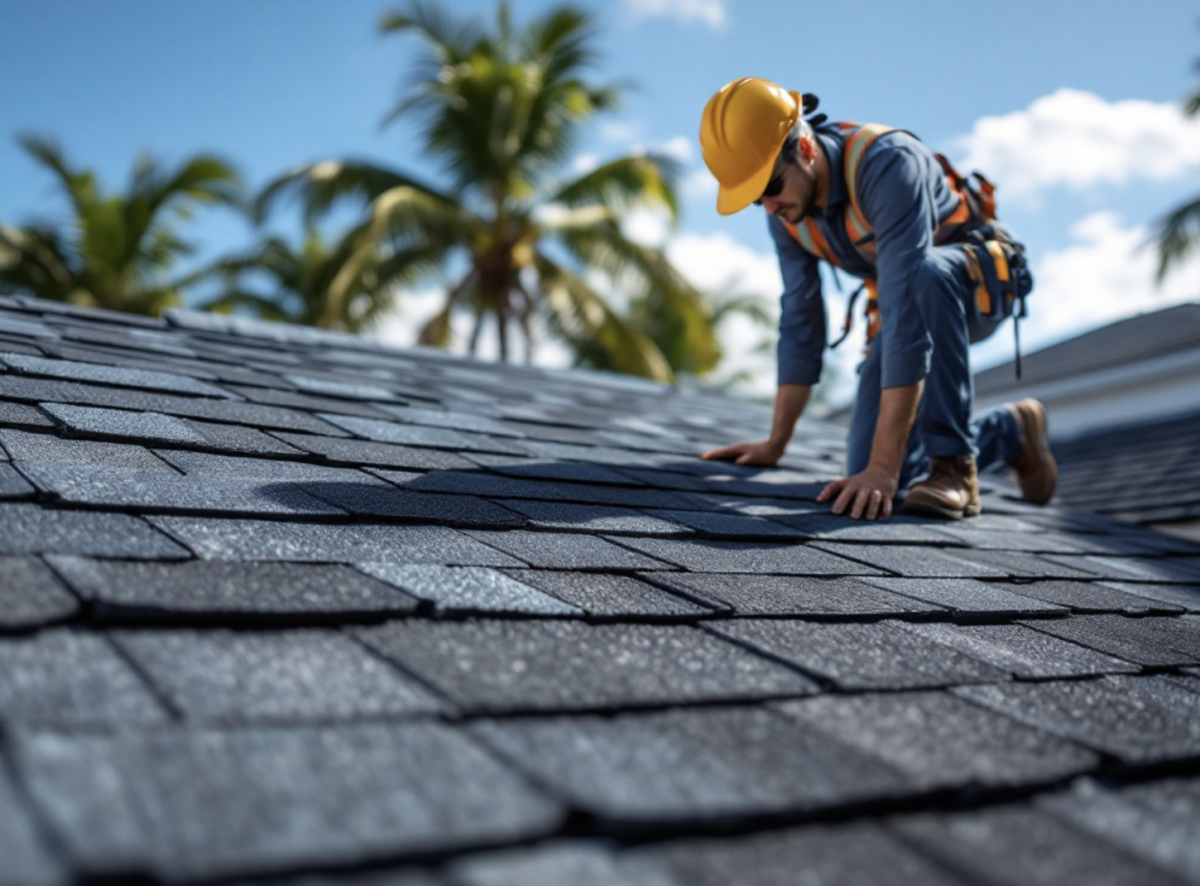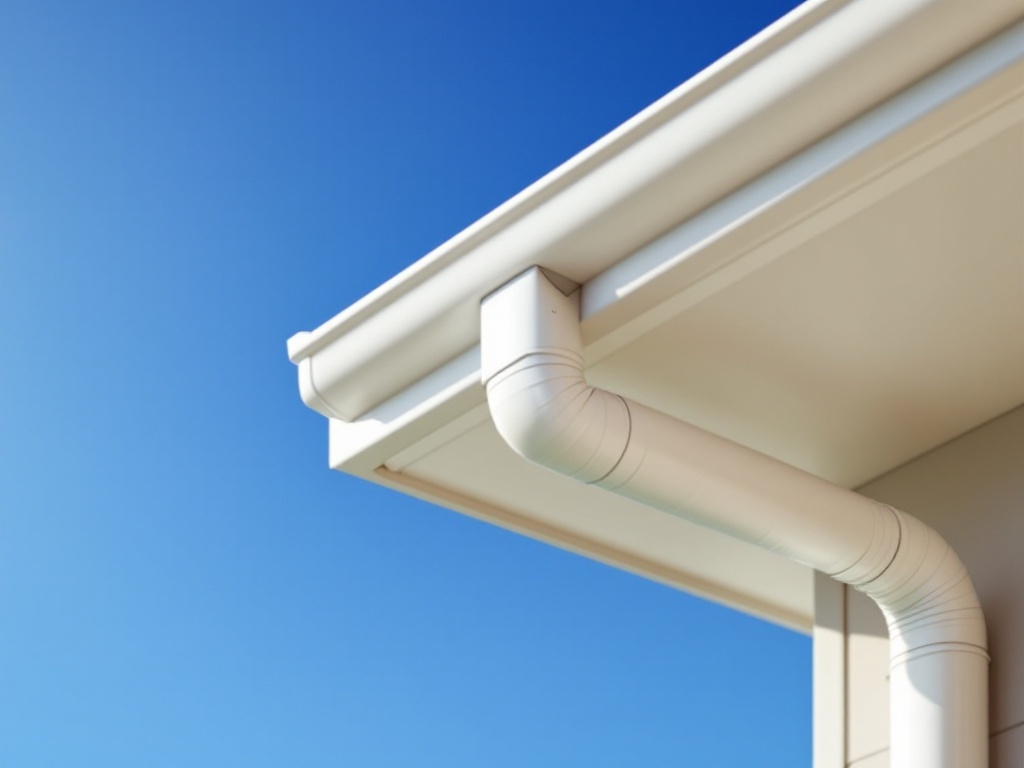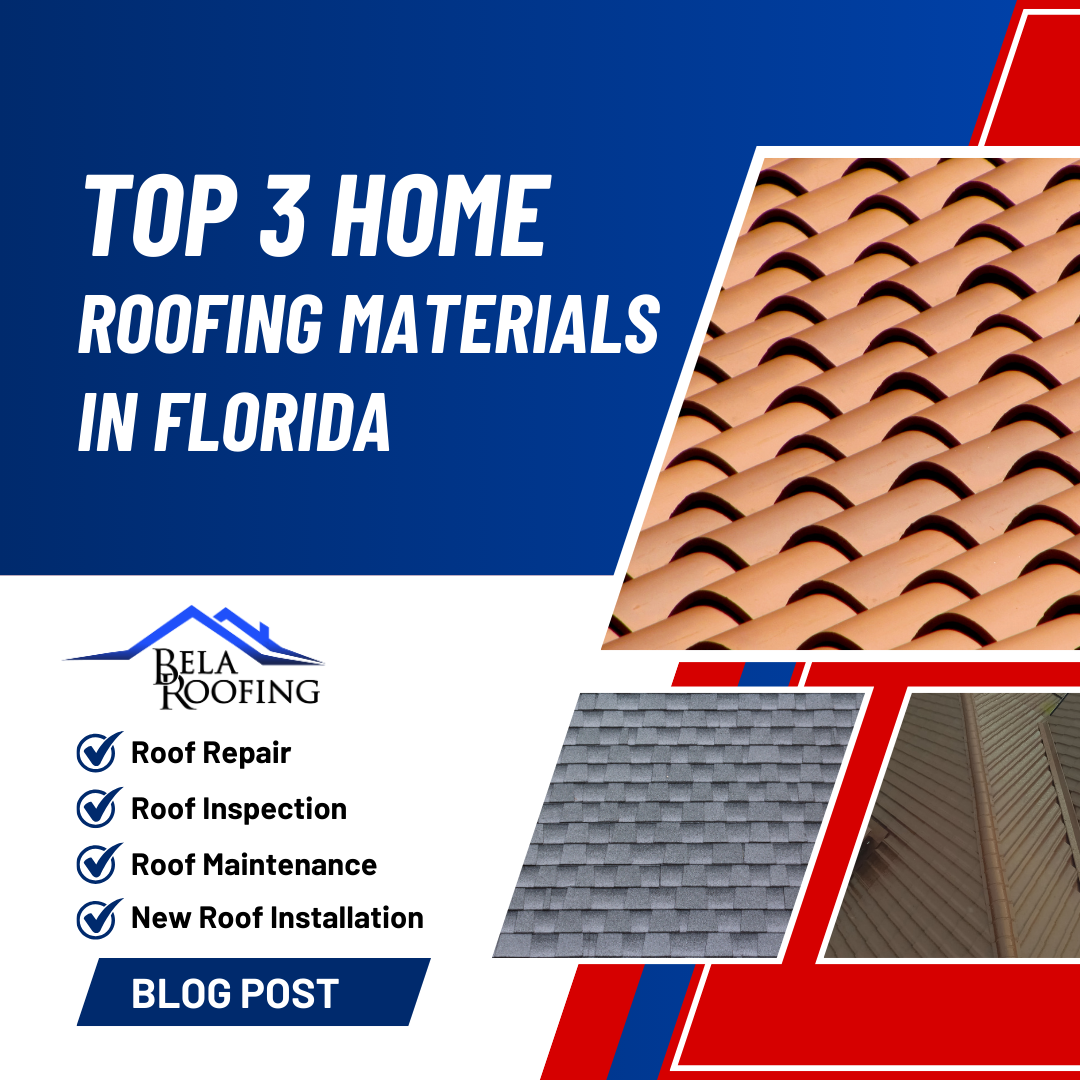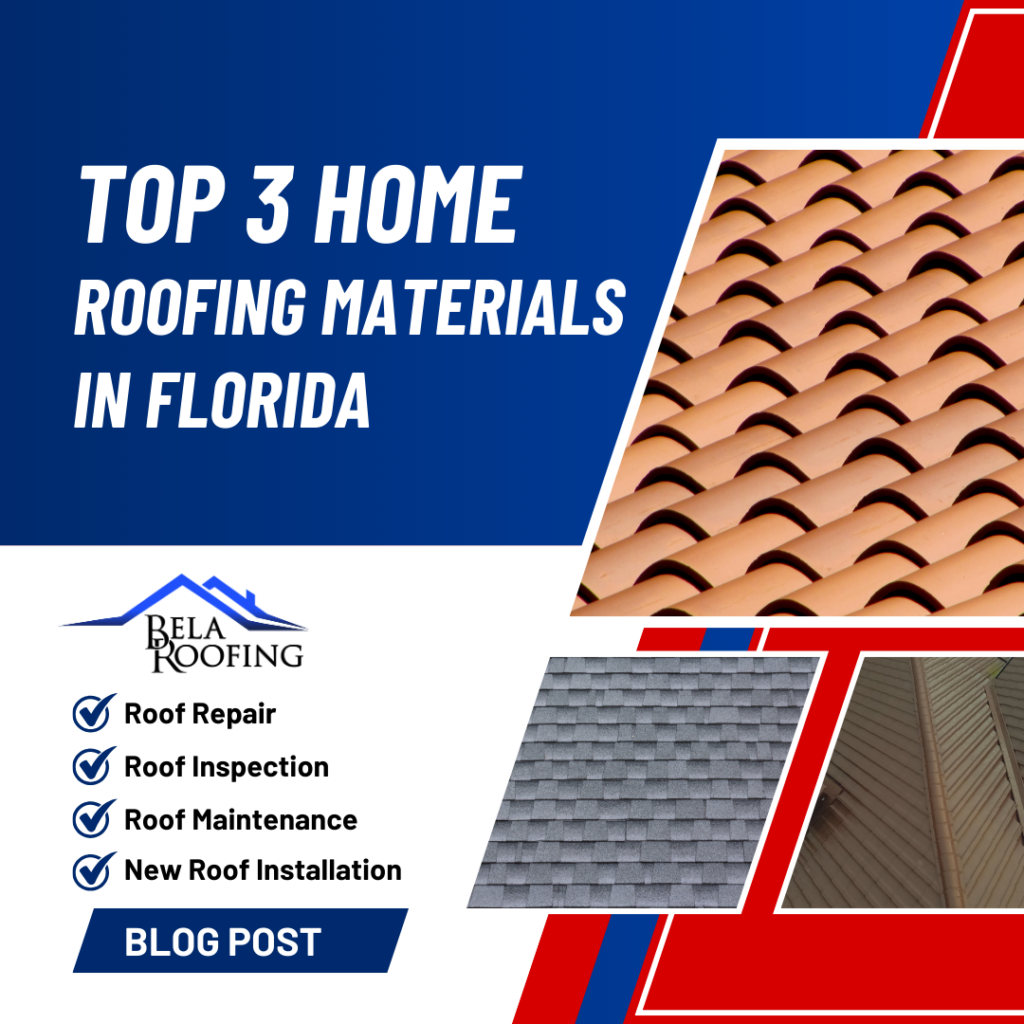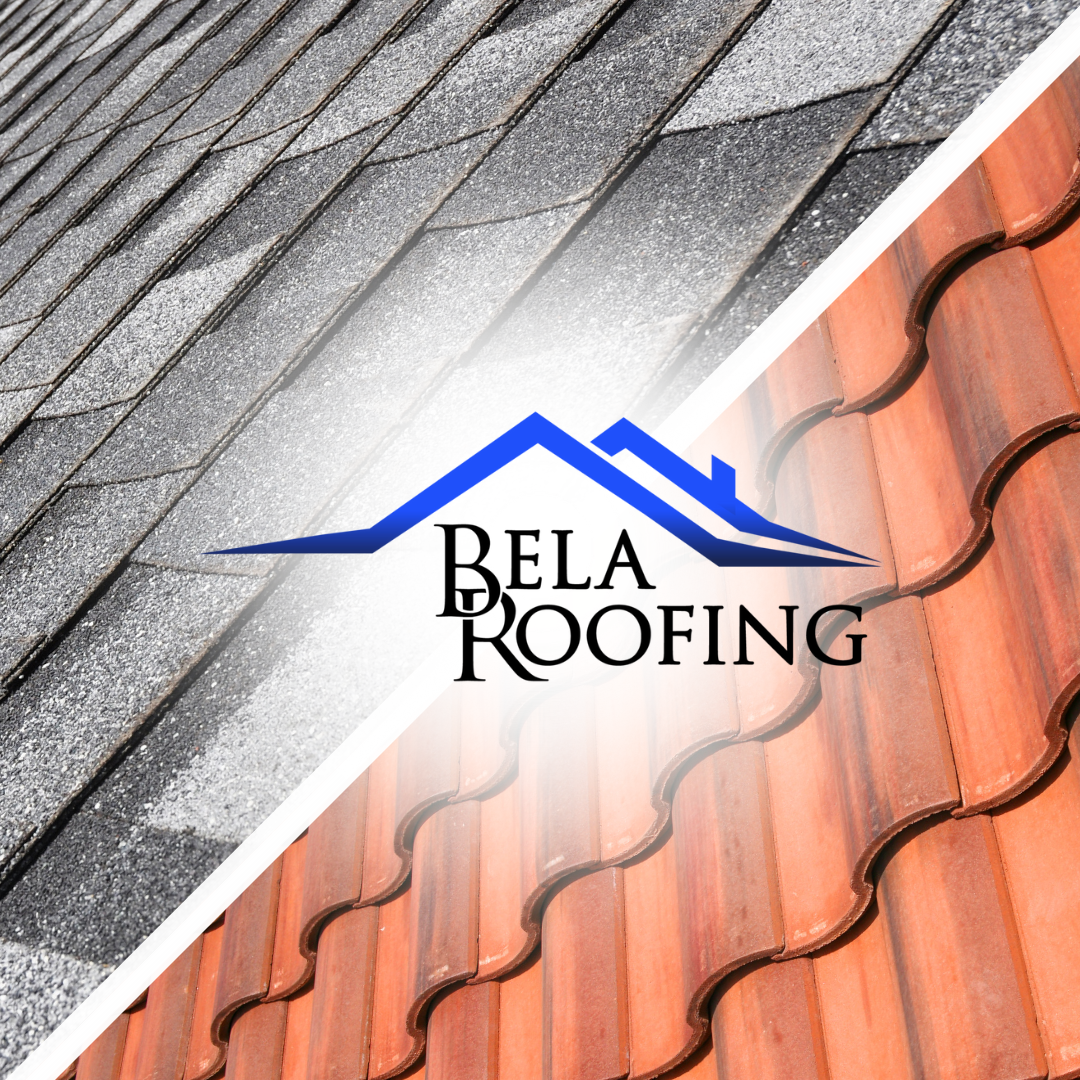When Do You Consider Getting a New Roof in Florida?
Your roof is one of the most crucial parts of your home—it protects everything beneath it, from your family to the house structure. How do you know when it is the best time to replace the shingle roof of a Florida home? Bela Roofing knows proactive roofing decisions can save you stress and money. Even prevent substantial damage. Here are the key signs to consider when deciding if it’s time for a new roof.
1. Your Roof Is 20+ Years Old
While some roofing materials are designed to last longer than others, the average asphalt shingle roof lasts about 20 to 25 years. If your roof is reaching or has passed that age range, it’s time to start considering a replacement—even if it looks okay from the ground. Older roofs are more susceptible to damage and may not be up to code or energy efficiency standards.
2. You Notice Curling, Cracked, or Missing Shingles
Damaged shingles are a clear sign that your roof is nearing the end of its life. Curling edges, cracks, or entire shingles missing leave your home vulnerable to leaks and further deterioration. A few missing shingles can be repaired, but widespread damage often means a replacement is the keen long-term solution.
3. You’re Experiencing Frequent Leaks
Water stains on ceilings, dripping during rainstorms, or moisture in the attic are red flags. Leaks can lead to mold, mildew, and rot, threatening your home’s structure and health. If patching up one leak leads to another, it may be time to invest in a new, weather-tight roof.
4. Your Energy Bills Are Creeping Up
Your roof plays a significant role in insulating your home. If you’ve noticed a rise in heating or cooling costs, your roof may be losing efficiency. Poor ventilation or old, worn materials allow heat to escape in the winter. And let it in during the summer. A new roof with modern energy-efficient materials can help regulate indoor temperatures and reduce energy bills.
5. Planning to Sell Your Home
Curb appeal matters. A new roof does not only protect—it adds value and boosts your home appearance. When planning to list your house, investing in a new roof could make it more attractive to buyers. This can reduce negotiation issues during inspection and even raise your asking price.
Trust Bela Roofing With Your Next Roof
Replacing a roof is a big decision. That is why we offer free inspections, honest recommendations, and top-quality materials backed by expert installation. When experiencing any of the signs above—or want peace of mind—our team is here to help.
Let us make sure your roof is doing its job. Contact Bela Roofing today to schedule your free consultation. Keep your home protected for years to come.

